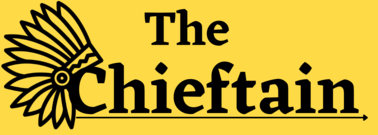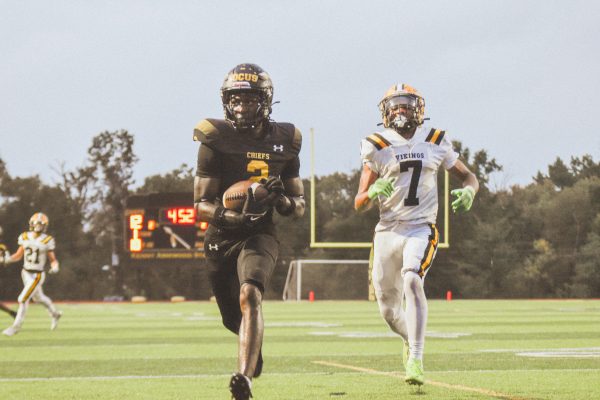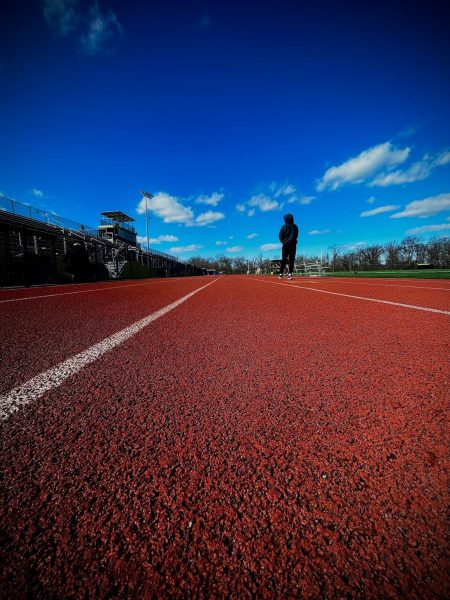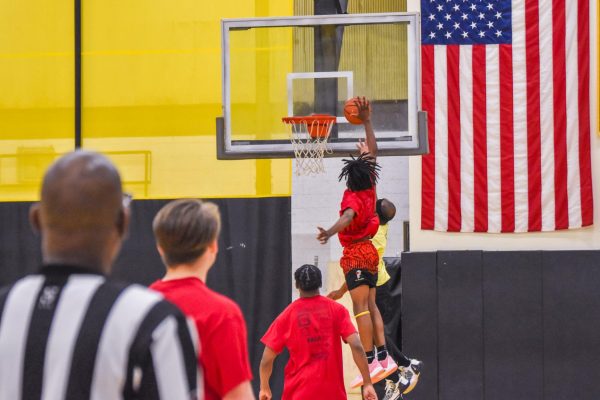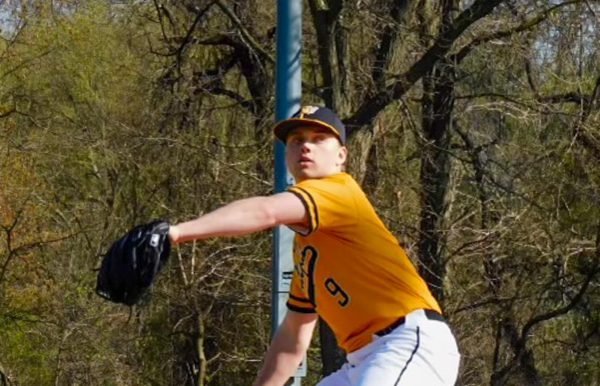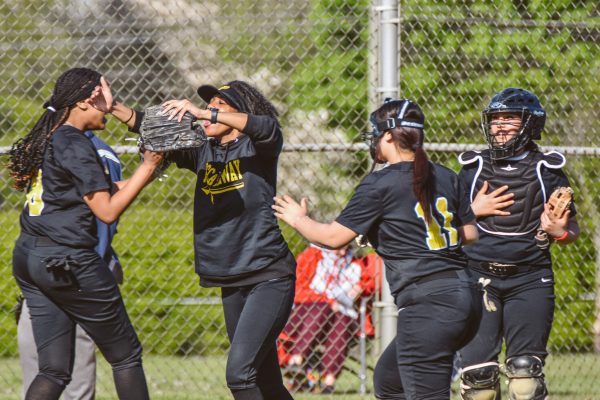The Legend of “Group B” Rally
The world rally class whose four-year history would be carved into the minds of race fans for years.
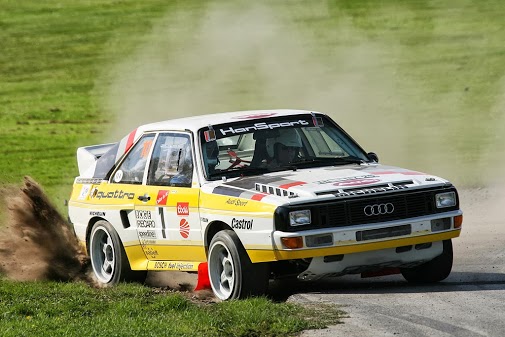
A Group B Audi Quattro Rally Car
Rally is the sport of taking a highly modified car and racing it off-road. At its peak, thousands lined the streets to witness the speed and fury of big engines combined with small light cars. With nearly no regulations on the cars, before Group B, the World Rally Championship (WRC) was pretty cool. The championships consisted of a bunch of cars racing around, doing the best they could to squeeze out as much performance as possible. A lot of well known cars and game changing technology came from Group A. For example, the legendary Audi Quattro came from Group A, but Group A had a ton of restrictions on power, technology, and cost. As a result, the base model for a Group A auto had to be produced with at least 5000 units a year and had to have 4 seats.
Group B had few restrictions on technology or design and one restriction required that the weight was kept as low as possible. High tech materials were promoted and there were no restrictions on turbo boost, and it only required manufacturers to make 200 cars for that model to race. They also left an “evolution clause” that meant year to year if an update was made to the car only 20 needed to reflect that change. But in group A you would need to produce a fresh 5000 units.
The only restrictions in group B were the cabins had to fit 2 seats, the car can’t be open roofed, and a minimum weight and minimum wheel width were calculated by engine displacement. After the first season, Group B attracted more car manufacturers because of its low requirements and more experimentation with their cars. While Opel, Audi, and Toyota made tweaks on existing cars, other teams realized the low requirements would allow them to start with a clean slate. Peugeot engineer Jean Todd studied these restrictions and came up with the 4 wheel drive Peugeot 205t16. It was created midway through 1984 featuring a mid mounted 1.8 liter turbocharged engine, 350 horsepower, and 4 wheel drive. It immediately became dominant from August onward.
The evolution of the 205 nudged 400 horsepower and would have won its first race it entered into if his driver Ari Vantenen Didn’t crash just before the finish line. These cars became so dangerous and fast that crashing was a common thing. Drivers were going so fast at such tight turns that their skills were being tested like never before. Bjorn Waldegard said “the cars were so quick your brain could not react in time”. It was just too much; these cars were using Kevlar doors to save weight and the engines were massive and overpowered. Body kits were these weird contraptions full of aerodynamics, induction channels and cooling vents.
The technological achievements were once a recipe of glory and a disaster waiting to happen.Group B racing became so gnarly that the mechanics would find things like severed fingers in the cars.Teams had therapists and psychologists on standby because just working on Group B cars was that traumatic.
In early 1986 something went badly wrong. On the Lagos Azulejo stage of the Portuguese Rally, Portuguese national champion Joaquin Santos crested a rise. Turning to his right to avoid a small group of spectators, caused him to lose control of his RS200. The car turned to the right and slid off the road onto the spectators. 31 people were injured and 3 were killed. All the top teams immediately pulled out of the rally and group B was in some messy waters.
This crash came a year after lancing driver Attilio Bettega crashed and died in his 037, His co-driver Mauricio Perssinot was uninjured, so the death was mostly blamed on the Corsican scenery and bad luck. But crashes and deaths of drivers, a massive injury toll, and the death of spectators made it clear that Group B may be too dangerous to exist.
The driver Toivonen and co-driver Sergi Cresto sat at the start of the Tour De Corse, waiting for the signal to go.When they launched in the turbo and supercharged lancia all four wheels started spinning to send them past hundreds of spectators who lined the streets. But just seven kilometers into the stage, their S4 flew off the edge of a tight left turn and flew down the steep wooded hillside. The fuel tank ruptured and turned the car onto a fireball on impact. When crews arrived nearly 30 minutes later, the fire left nothing of the lancia upset for a burnt tangle of tubing. The death of Tiovonen and Cresto, combined with the Portugal incident, forced the Federal Institute of Automobiles (FIA) to act. Group B cars were immediately banned in 1987. Group B was done.
It was an amazing time in automotive technology, but ultimately proved too dangerous to exist. Could it happen today with modern technology and safety? Probably not. There’s a certain beauty in the things that can scare us, the adrenaline you get when you stare down a clif. This is what brought so many people to Group B: it was a way to test limits and defy fate itself. These unique circumstances in racing will never be redone, and “Group B” will forever remain legendary for its short existence and extreme limits.
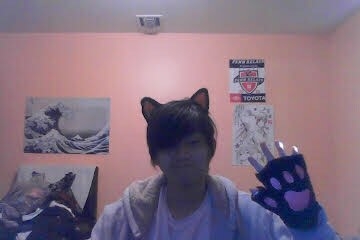
Hi I’m Eric, I am one of the opinions writer. I usually write long in-depth articles on what I want to write about really. I think the picture I picked...


